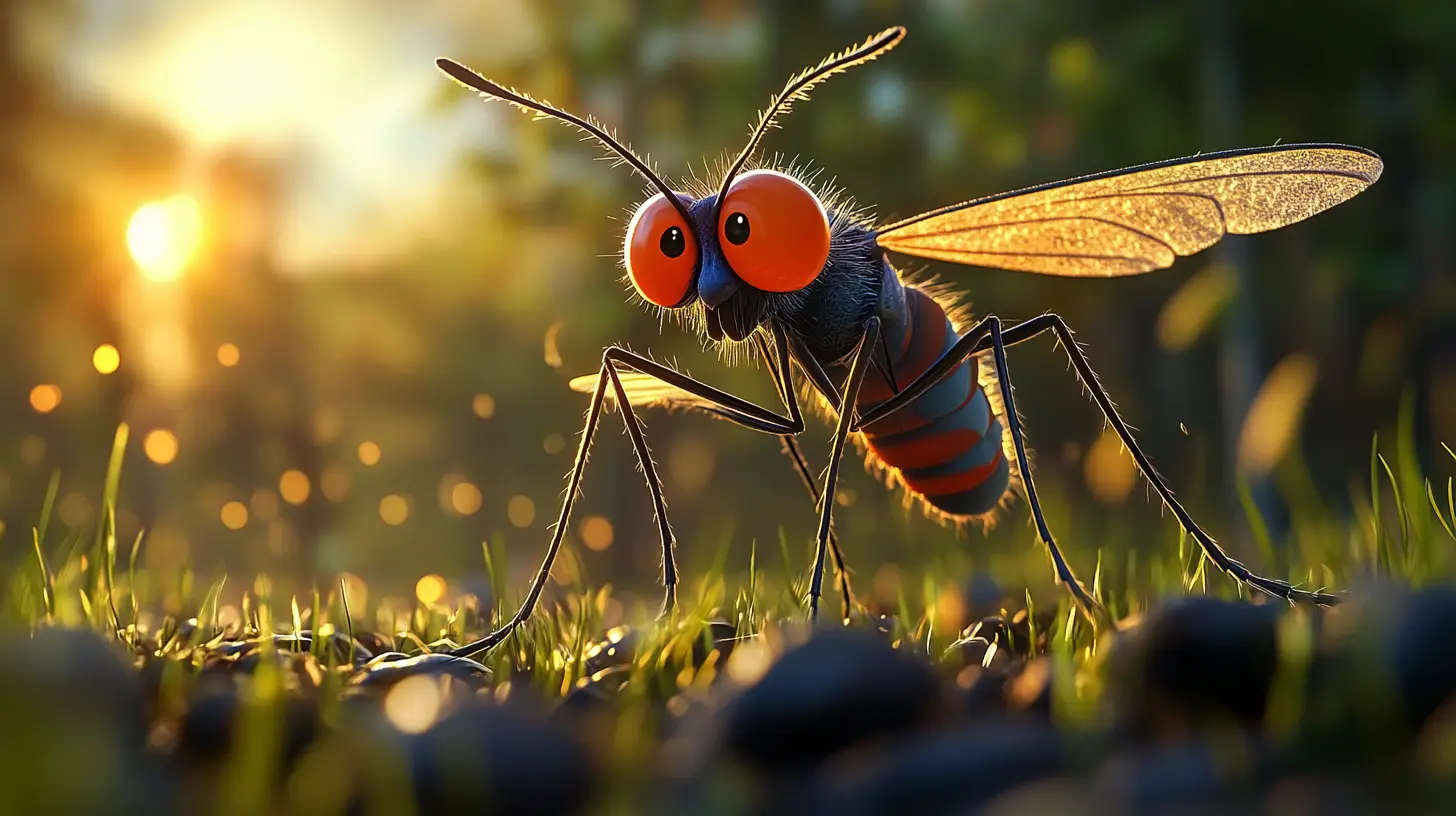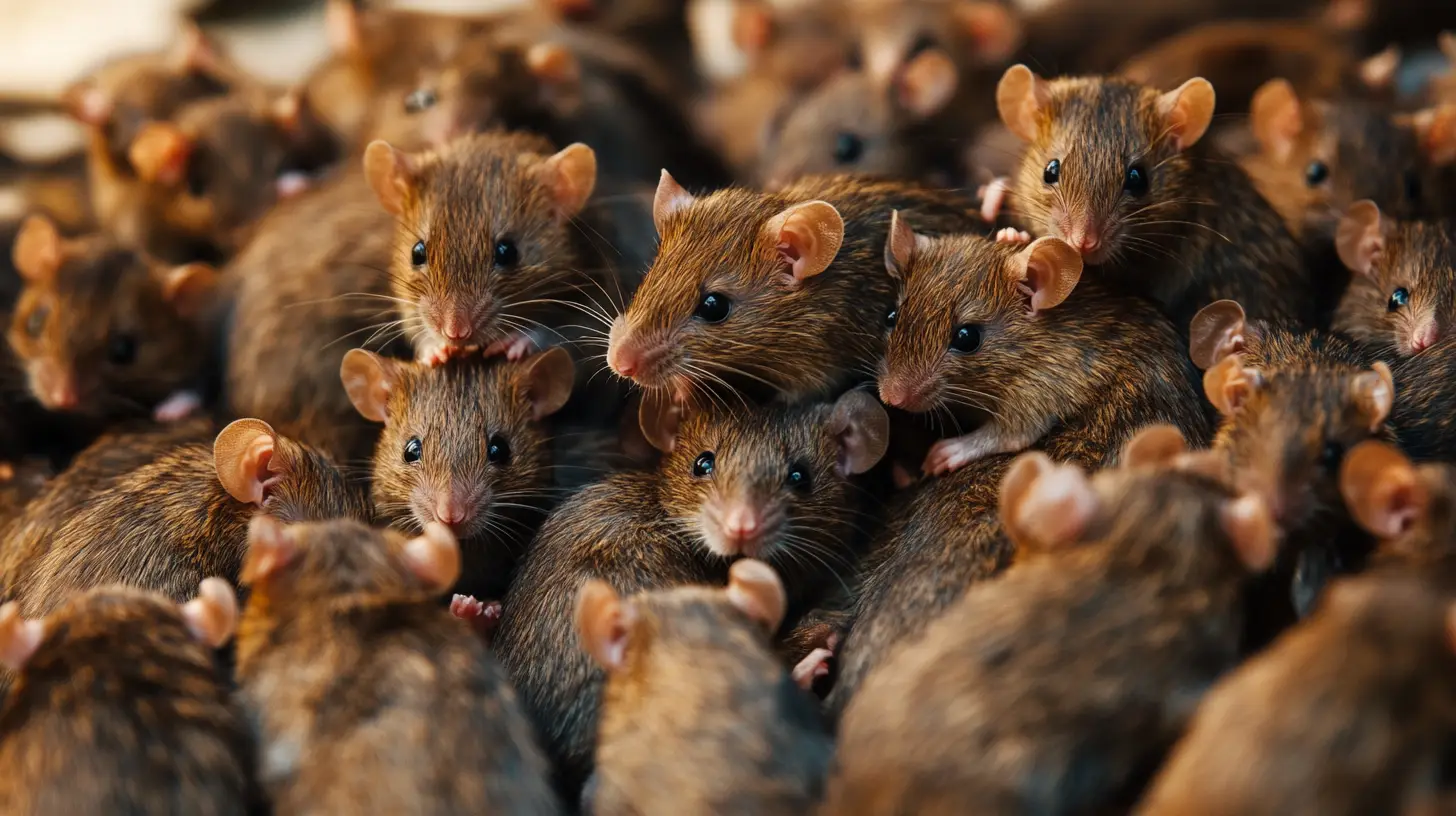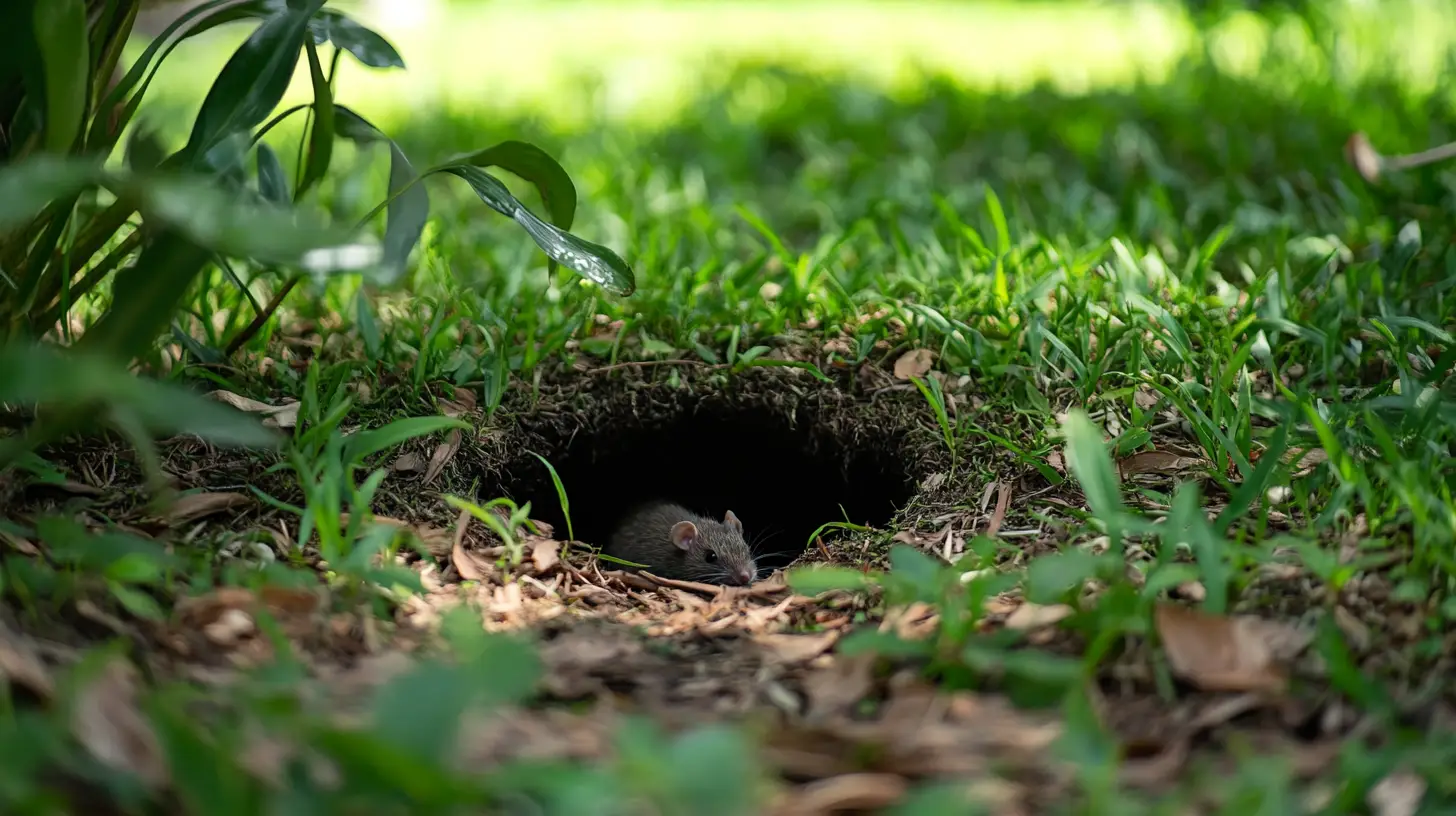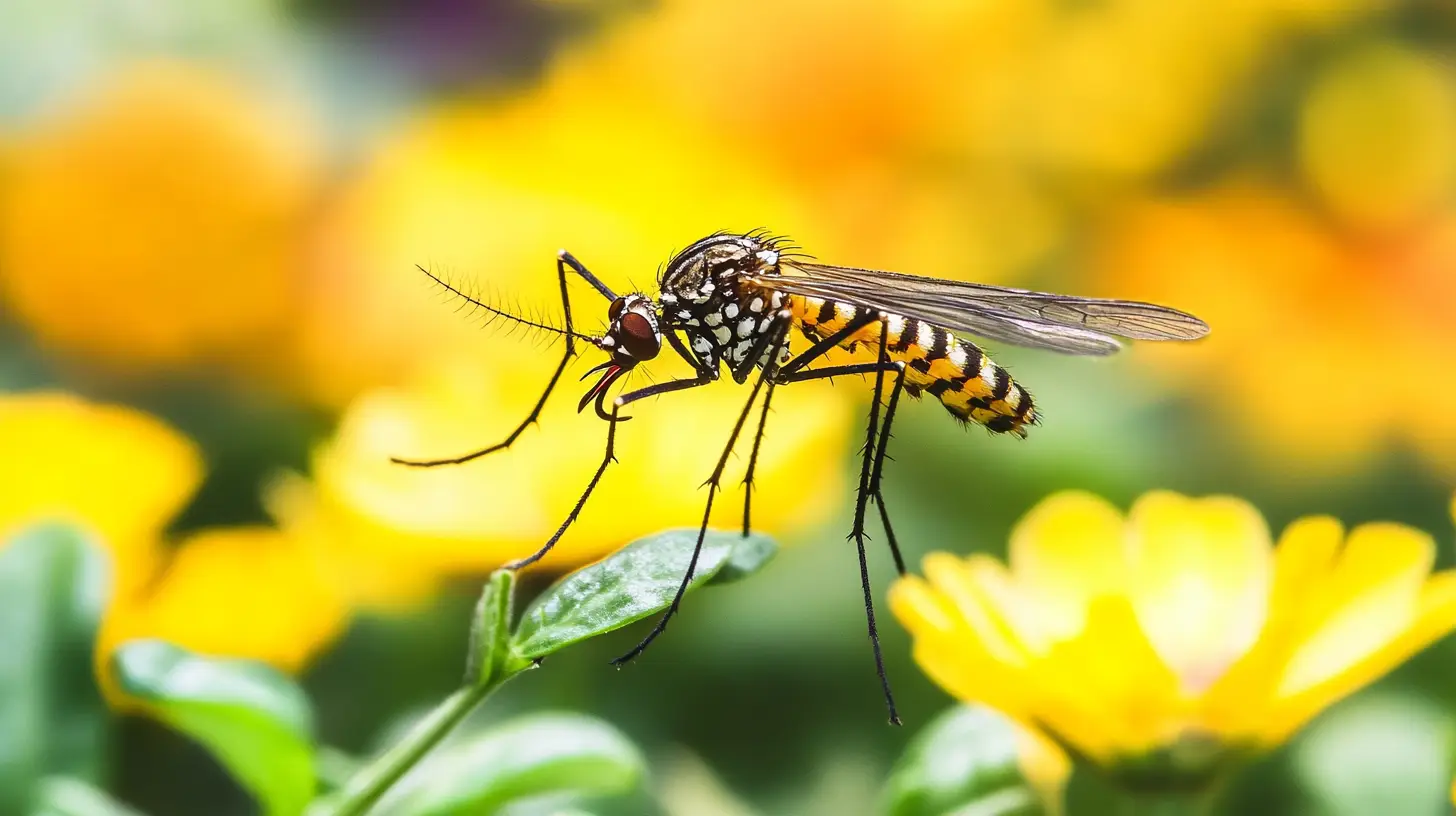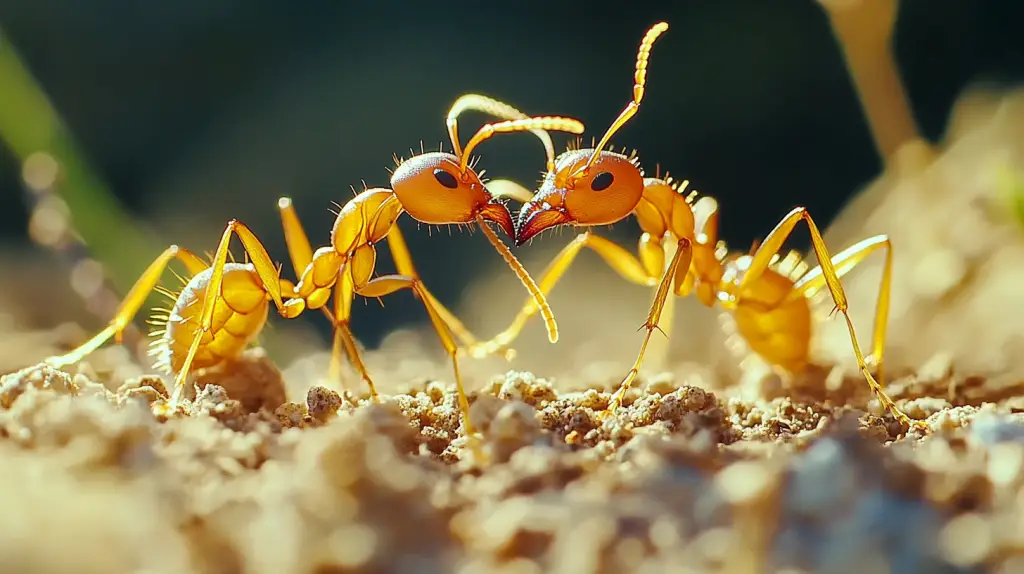
Table of Contents
Crazy ants (Paratrechina longicornis) get their name from their unpredictable and erratic movement. They don’t follow straight lines like other ants, making them look “crazy” as they scurry around. If you’ve ever encountered crazy ants skittering across your home, you know how challenging they can be to manage.
Known for their erratic movements and peculiar attraction to electrical equipment, these invasive pests can cause important damage, with an estimated $146 million in electrical repairs annually. Their rapid reproduction and ability to infiltrate buildings make them a formidable opponent in your search to get rid of crazy ants.
Crazy ants, also called tawny crazy ants, are easily recognizable by their red bodies and long legs. They’re notorious for swarming electrical systems, which can lead to costly repairs if left unchecked. Beyond their destructive tendencies, these ants are omnivorous, meaning they’ll feast on a variety of food sources, including sweets. Addressing a crazy ant infestation requires a strategic approach, so it’s crucial to act quickly when you spot these tiny invaders. Understanding their behavior is the first step in reclaiming your home.
Key Takeaways
- Identify Crazy Ants: Recognize these pests by their erratic movements, reddish-brown or black coloring, and elongated antennae and legs. They are drawn to moisture-rich environments and may swarm electric devices.
- Seal Entry Points: Block access by caulking and applying weather stripping around windows, doors, pipes, and electrical outlets. Regular yard maintenance can further prevent nesting.
- Use Effective Ant Baits: Use sweet or protein-based baits, or slow-acting insecticides like Terro and Optigard Ant Gel, to target and eliminate crazy ant colonies effectively.
- Understand Their Behavior: Awareness of crazy ants’ foraging patterns, their attraction to electrical systems, and nesting in hidden areas is crucial in managing these pests.
- Adapt Ant Control Strategies: Employ a combination of identifying, sealing, baiting, and preventive measures for comprehensive crazy ant management in diverse environments.
Get Rid Of Crazy Ants – Examine for Crazy Ants
Start by carefully examining your surroundings for signs of crazy ants, also known as Paratrechina longicornis or tawny crazy ants. These tiny invaders are notorious for their erratic and rapid movement patterns, which make them easier to spot.
While many ants use pheromone trails to move in an organized fashion, crazy ants are far less structured in their foraging. They travel in seemingly random paths, making them difficult to trace back to their nests. Identify their presence by looking for dark brown or black ants with long legs and elongated antennae.
Pay attention to unusual behavior, such as ants wandering aimlessly on walls, countertops, or floors. They often invade spaces with available food, moisture, or dead insects, making kitchens and bathrooms key areas to inspect.
Since crazy ants don’t form visible mounds, locating their nests requires a thorough search. Check under rocks, dead leaves, and debris piles in your yard. They’re also fond of nesting within structures, so inspect behind walls and inside electrical outlets for any signs of an infestation. Electrical equipment frequently attracts them, possibly leading to important damage if left unchecked. Addressing any infestation promptly is essential to effectively get rid of crazy ants and prevent further damage.
When in Lakewood Ranch, consider local factors, such as humid and warm conditions, that might increase their presence in your area. Understanding their biology and behavior can help you anticipate their movements and effectively manage their infestation.
Get Rid Of Crazy Ants – Close All Possible Entry Points
Protecting your home from crazy ants, especially in areas like Lakewood Ranch, involves sealing every possible entry point. These ants can infiltrate through minuscule cracks, often settling in soil, under debris, or within wall structures. To effectively get rid of crazy ants, close off their access routes and maintain a barrier against future infestations.
Indoor Sealing
- Caulking: Secure openings by caulking cracks and crevices around windows, doors, and key fixtures like electrical, HVAC, and plumbing units. Pay special attention to gaps near pipes, electrical outlets, and baseboards, as these are common ant entry points.
- Weather Stripping: Install weather stripping around windows and doors, ensuring these potential entryways are tightly sealed, especially during colder months when crazy ants seek warmth indoors.
- Yard Maintenance: Maintain a clean yard by removing debris such as leaves, logs, and rocks. These can serve as ideal hiding spots for crazy ants seeking shelter, thereby reducing their attraction to settle nearby.
By effectively sealing your home, you create an inhospitable environment for crazy ants, supporting your goal to get rid of them. This proactive approach is vital, considering how these ants can cause considerable damage, particularly to electrical systems.
Get Rid Of Crazy Ants – Ant Bait Options
Selecting the right ant bait is essential for effectively getting rid of crazy ants. These ants are drawn to both sweet and protein-rich foods. You can use honey, maple syrup, or peanut butter to create trails that guide you to their nests. This approach helps you locate entry points and nest locations, improving your control efforts.
For a more potent solution, consider slow kill baits. These products allow ants to return to their nests, spreading the insecticide throughout the colony before succumbing to its effects. Terro bait is a cost-effective option that has been successful. Place the traps along ant paths, ensuring they carry it back to the nest, leading to colony eradication. Optigard Ant gel bait by Syngenta is another option reported to help manage crazy ants efficiently.
If you prefer a homemade alternative, boric acid and borax baits offer a budget-friendly choice. Mixing boric acid or borax with sugar and water creates a bait that lures ants, eventually leading to their demise. These strategies allow you to manage infestations effectively, even in areas like Lakewood Ranch, where crazy ant activity can impact local environments.
How to Eliminate Crazy Ants
Getting rid of crazy ants involves strategic planning and precise execution. This extensive guide explains methods to eradicate these pests effectively.
Mega Colony Kit (Includes Both Baits and Non-Repellent Insecticide)
A Mega Colony Kit is beneficial for comprehensive crazy ant control. It often contains a combination of baits and non-repellent insecticides. Baits attract foraging ants to carry them back to the colony, poisoning it from within. Non-repellent insecticides, on the other hand, remain undetected, allowing ants to spread them through contact.
Apply Non-Repellent Insecticides
Non-repellent insecticides create a barrier without alerting ants, ensuring effective elimination. Focus on areas where ants travel, like baseboards and entry points. Use products labeled for crazy ant control for best results. Their delayed action lets ants contact each other, spreading the treatment throughout the colony.
Rasberry/Tawny Crazy Ant Overview
Tawny crazy ants, or Rasberry ants, (Nylanderia fulva), native to South America, has spread to the U.S., particularly in Texas and Florida. These ants are known to outcompete fire ants, taking over areas that were once fire ant territories. Crazy ants have a unique defense mechanism against their natural enemies, including fire ants. They secrete formic acid, which neutralizes the venom of fire ants, giving them an edge in battles.
Black Crazy Ant Overview
Black crazy ants are smaller and darker than their tawny counterparts. They exhibit erratic movements and long legs, with nests typically hidden under debris or within structures. They adapt to various environments, often targeting sweet or protein-rich food sources.
Recommended Products for Control
Several products effectively target crazy ant infestations. Slow-kill baits, like Terro and Optigard Ant Gel Bait, allow ants to distribute the poison within their colony. For a natural approach, homemade answers using boric acid and sugar water can be effective. Employ a strategic combination of these methods for optimal results in maintaining a crazy ant-free environment.
Identification of Crazy Ants
Crazy ants, or Nylanderia fulva, disrupt ecosystems with their frenetic behavior and adaptability. Recognizing these ants is the first step toward managing them effectively.
Caribbean Crazy Ant Overview
Caribbean crazy ants, often confused with other species due to their color and size, stand out through their movements. They exhibit erratic, zigzag patterns and avoid organized trails, unlike most ants. Their reddish-brown bodies measure about 2.2 to 3 mm, with notably long legs and antennae. These characteristics make them easily distinguishable if you closely observe ant populations around Lakewood Ranch.
Understanding the crazy ants’ diet helps in predicting their presence. As omnivores, crazy ants eat just about anything—dead insects, fruits, sugary foods, and even small vertebrates. This omnivorous diet helps them survive in diverse environments. These ants thrive in humid conditions, often seeking shelter under rocks, stumps, and sometimes in electrical equipment, where they pose important risk due to their cascading destructive behavior.
In Lakewood Ranch, anticipate their movement by identifying potential nesting sites. Examine hidden, moist areas for their colonies, as crazy ants avoid forming visible mounds. By recognizing these traits, you can carry out timely and effective strategies to get rid of crazy ants in your environment.
Biology and Behavior of Crazy Ants
Crazy ants, including the tawny crazy ant (Nylanderia fulva), are notorious for their unpredictable behavior and rapid infestation capabilities. Recognizable by their reddish-brown hue, these ants are about 2 to 3 mm long. Their elongated antennae and long legs make them easily distinguishable from other ant species.
Colony Structure
Unlike other ant species, crazy ants don’t rely on a single queen. These ants thrive in large colonies with multiple queens, often forming enormous supercolonies, where ants from different areas recognize each other as relatives. This unique social structure contributes to their rapid spread and formation of dense populations.
Queens can lay hundreds of eggs, equipping the colony to grow swiftly and withstand challenges. This makes controlling infestations extremely challenging, especially since their nests can be in unconventional spots like walls, plants, or appliances.
Foraging Habits
Crazy ants exhibit erratic foraging behavior, often seen traveling in zigzag patterns. They don’t follow the straight lines typical of other ant species. Their omnivorous diet includes dead insects, fruits, seeds, and sweets. In homes, they’re particularly drawn to sugary substances and grease, and they frequently invade kitchens and bathrooms where these items are accessible.
Environmental Adaptations
Adaptable to various climates, crazy ants can invade both dry and humid environments, making them prevalent in areas like Lakewood Ranch. They nest in soil, under debris, or within structures. Their nests are often hidden, located by following worker ants as they transport food back to the colony.
Interaction with Electrical Equipment
Crazy ants are notorious for infesting electrical equipment. When electrocuted, they emit a pheromone that attracts more ants. This can lead to important damage, as accumulating dead ants may short out electrical systems, emphasizing the importance of prompt action to prevent infestations.
Understanding these biological and behavioral traits is essential in your efforts to get rid of crazy ants effectively. Their unique characteristics require a customized approach, focusing on the strategic placement of baits and sealing potential entry points to create an inhospitable environment for these invasive pests.
Frequently Asked Questions (FAQs)
What attracts crazy ants to electrical equipment?
Crazy ants are drawn to electrical equipment because they are attracted to the electromagnetic fields generated by these devices. Once inside, they can cause shorts and even electrocution, leading to significant damage.
How can I identify crazy ants in my home?
Crazy ants are identifiable by their reddish-brown bodies, long legs, and elongated antennae. They move in an erratic, quick manner, making them stand out from other ant species.
What are effective ways to prevent crazy ant infestations?
To prevent infestations, seal entry points by caulking cracks and installing weather stripping around windows and doors. Maintain your yard by removing debris, which can serve as hiding spots for ants.
How do slow-kill baits work against crazy ants?
Slow-kill baits allow ants to ingest the poison and bring it back to their colony. This method enables the poison to be spread throughout the colony, effectively reducing the ant population over time.
Are there any homemade solutions to manage crazy ant infestations?
Yes, homemade solutions like a mix of boric acid or borax with sugar and water can be effective. Place these mixtures along ant trails to help kill and control crazy ant populations.
Why are crazy ants difficult to manage?
Crazy ants reproduce rapidly and infiltrate buildings by exploiting small openings. Their lack of visible nests and ability to hide in hard-to-reach areas make them particularly challenging to control.
What climates do crazy ants thrive in?
Crazy ants are adaptable to various climates, but they especially thrive in warm and humid environments, making these conditions optimal for infestation.
How can I locate crazy ant nests?
Since they do not create visible mounds, check under rocks, dead leaves, debris, and inside structures like walls and electrical outlets to locate nests. Look in areas with moisture and warmth.

